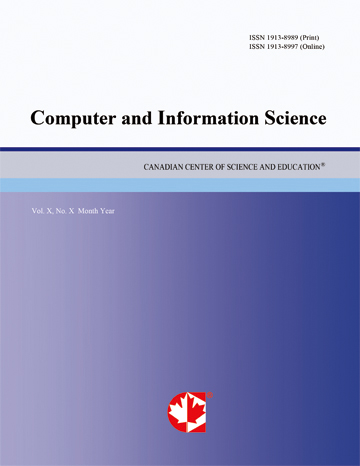Malware – Common Attacks & Preventions
- Beatrice Atobatele
Abstract
In this study, the problem of malware proliferation is examined with emphasis on the role of artificial intelligence (AI) in its formation and propagation. The objective of this research is to analyze common malware attacks, their mechanisms, and prevention strategies, drawing upon literature. Methods involve a qualitative review of reported cases and cybersecurity guidelines published between 2010 and 2024. Findings indicate that AI both exacerbates malware threats through adversarial attacks, automated code generation, and phishing automation and offers tools for improved detection and defense. AI-driven anomaly detection, machine learning based intrusion prevention, and adaptive defense systems show promise in mitigating advanced threats. The review also highlights gaps in governance, adversarial machine learning defenses, and protection for IoT and embedded systems. It concludes that addressing malware proliferation requires coherent frameworks, administrative controls, and AI oversight. Future research should prioritize zero-trust architectures, adversarial machine learning defense strategies, supply chain resilience, and governance policies to ensure sustainable and adaptive cybersecurity defenses.
- Full Text:
 PDF
PDF
- DOI:10.5539/cis.v18n2p58
Journal Metrics
WJCI (2022): 0.636
Impact Factor 2022 (by WJCI): 0.419
h-index (January 2024): 43
i10-index (January 2024): 193
h5-index (January 2024): N/A
h5-median(January 2024): N/A
( The data was calculated based on Google Scholar Citations. Click Here to Learn More. )
Index
- BASE (Bielefeld Academic Search Engine)
- CNKI Scholar
- CrossRef
- DBLP (2008-2019)
- EuroPub Database
- Excellence in Research for Australia (ERA)
- Genamics JournalSeek
- GETIT@YALE (Yale University Library)
- Google Scholar
- Harvard Library
- Infotrieve
- Mendeley
- Open policy finder
- ResearchGate
- Scilit
- The Keepers Registry
- UCR Library
- WJCI Report
- WorldCat
Contact
- Chris LeeEditorial Assistant
- cis@ccsenet.org
